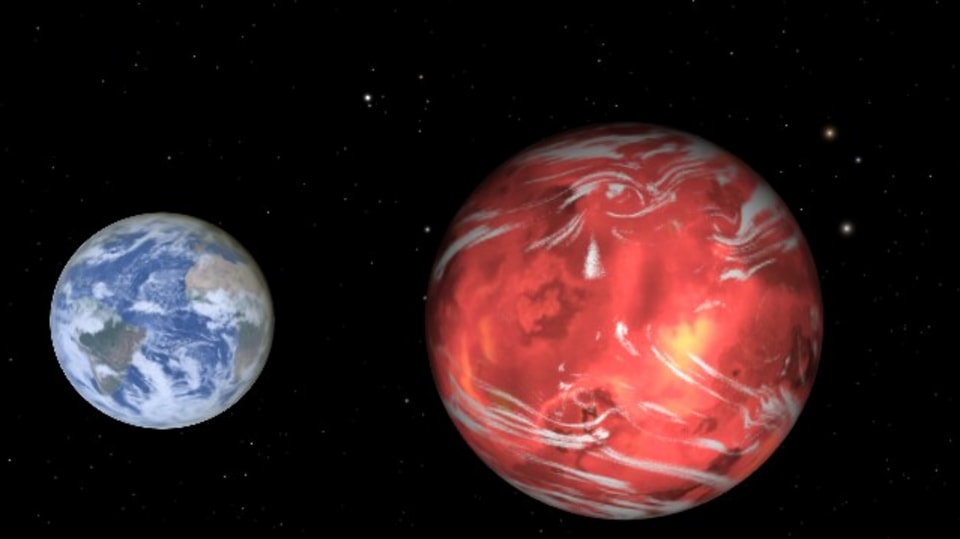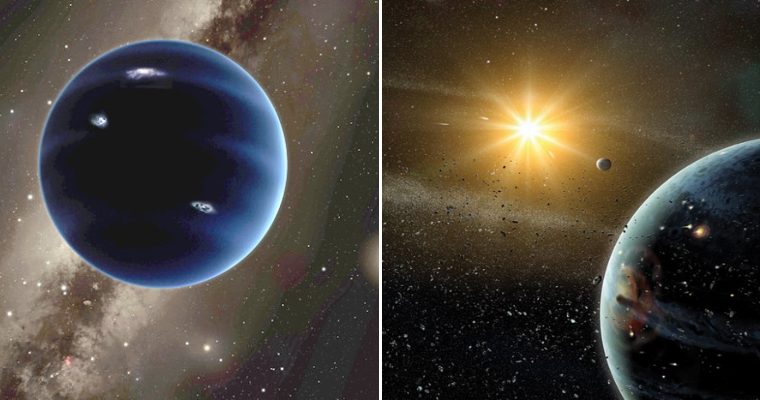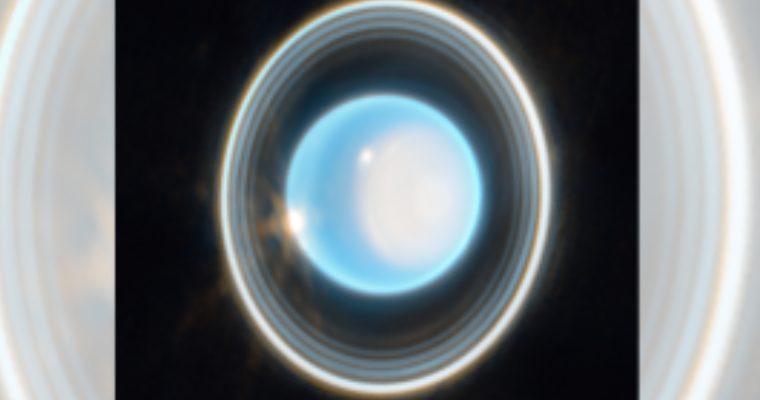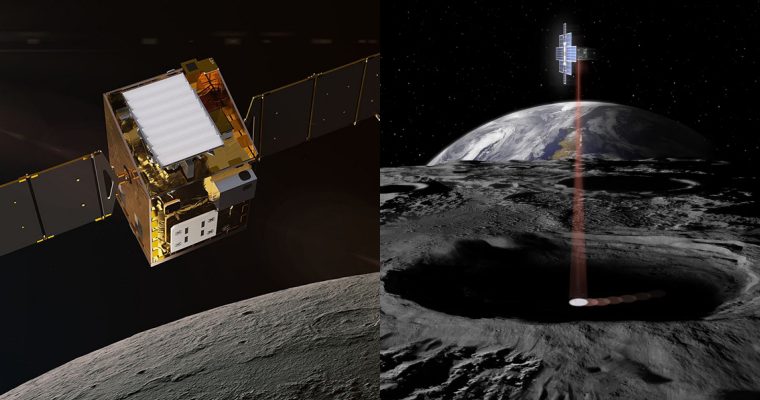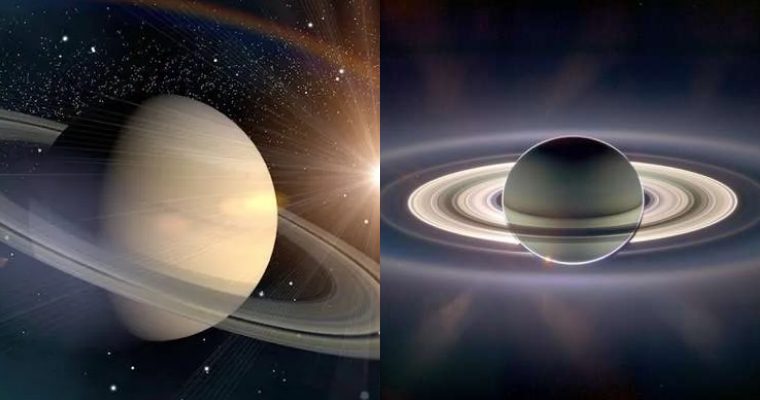Many of us have asked themselves, “Are we alone in this universe?” While humanity does not yet have definitive answers to this question, scientists are continuously on the search for indicators that could hint to the existence of extraterrestrial life. And what better way to begin than by looking for other Earth-like planets that may be capable of supporting life?

Exoplanet research has recently increased significantly, albeit the motivations for these studies vary amongst organizations. Some people merely seek an explanation for the enigma of extraterrestrial life, while others seek a new planet to call home. For all of you enthusiasts of exoplanets, we might suddenly have some excellent news. The Subaru Strategic Program, established in 2007 to produce outstanding scientific findings using the Subaru Telescope of Japan, has contributed to the identification of a super-Earth that is only 37 light-years away from Earth and is gliding along the periphery of a red dwarf star’s habitable zone. a temporary residence?
Schematic representation of the recently discovered Ross 508 planetary system. The habitable zone (HZ), or area of the planet’s surface where liquid water can exist, is indicated by the green area. The planetary orbit is depicted by a blue line. During more than half of its orbit, the planet is predicted to be closer than the HZ (solid line) and within the HZ (dashed line) during the remaining time. (Institute of Astrobiology) This rocky “super-Earth,” known as Ross 508b, has a mass almost four times that of our planet.
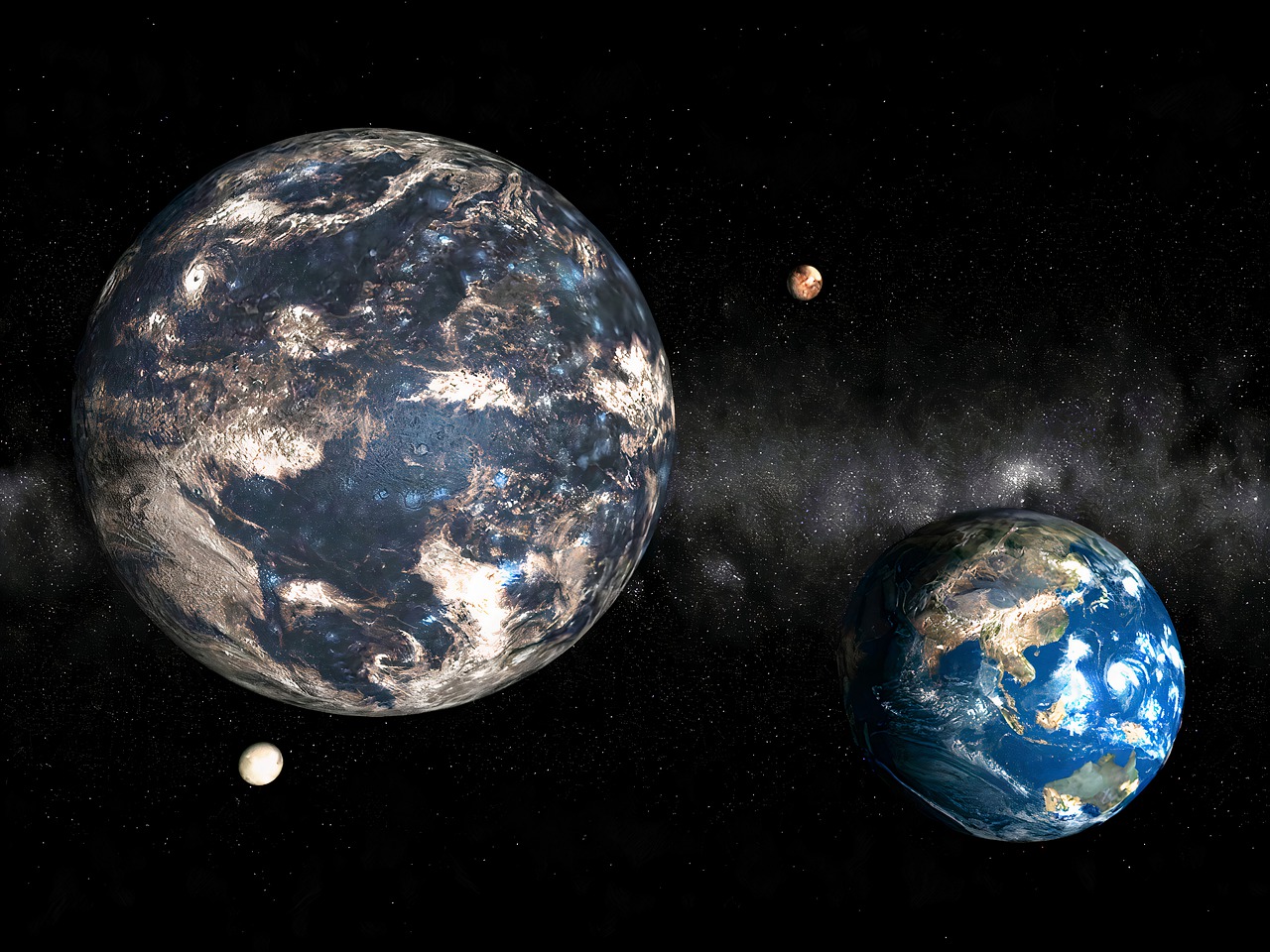
And on Ross 508b, a year only lasts for 11 Earth days! Since red dwarfs are much smaller than the Sun, which serves as the center of our solar system, this naturally indicates that its orbit is not very large. However, because of their lesser diameters, their gravitational fields are also smaller than the Sun’s. Ross 508b therefore orbits it at a mere 5 million kilometer distance. Mercury is around 60 million kilometers from the Sun, as a point of comparison.

The short distance between this super-Earth and its red dwarf begs the question: how could it possibly be deemed habitable? Well, the Ross 508b’s orbit is elliptical, meaning it isn’t always as close to the star, and pretty much dips in and out of the habitable zone. A planet like this may be able to retain water on its surface. Whether or not water or life actually thrives there is still up for debate and some serious research.
The relationship between red dwarfs and habitable planets Three-quarters of the stars in the Milky Way galaxy are red dwarfs smaller than the Sun and such stars are abundant in the solar neighbourhood. Because of this, they are crucial targets in humanity’s hunt for neighbouring extrasolar planets and extraterrestrial life. However, red dwarfs are cooler than other types of stars and emit less visible light, which makes studying them challenging. What makes this find even more special is that it is the first exoplanet to be found by the Subaru Strategic Program using the infrared spectrograph IRD on the Subaru Telescope (IRD-SSP).

The team at Astrobiology Center in Japan developed IRD specifically to search for red dwarf-orbiting exoplanets like Ross 508b. It relies on a planet-hunting technique that looks for minute deviations in the velocity of a star to infer a planet orbiting it. It wouldn’t be a stretch to assume that the Subaru Telescope could bestow us even better candidates for habitable planets around red dwarfs. “It has been 14 years since the start of IRD’s development. We have continued our development and research with the hope of finding a planet exactly like Ross 508b,” said Tokyo Institute of Technology’s Professor Bun’ei Sato, the principal investigator of IRD-SSP. This study has opened doors for future observations to confirm the possibility of life around low-mass stars.
Soucre: blog.shiningscience.com



